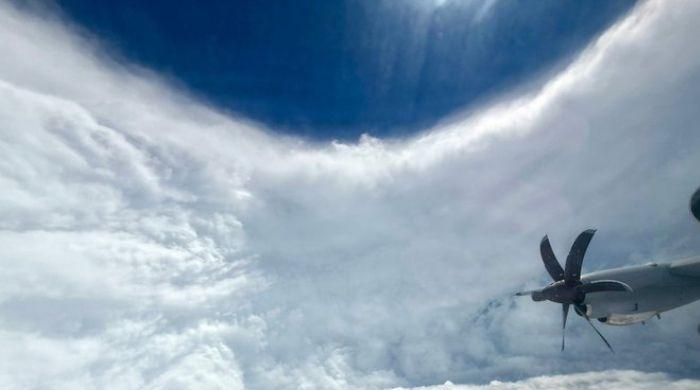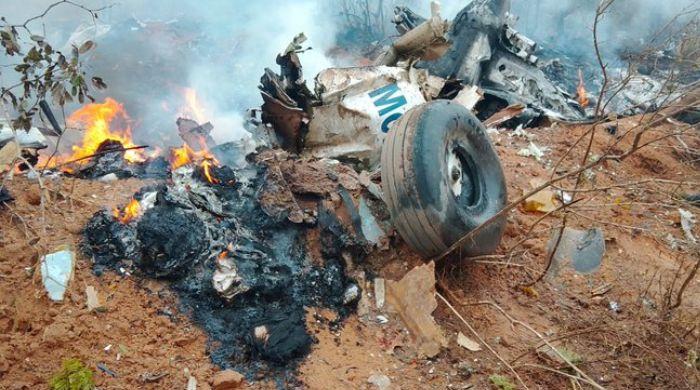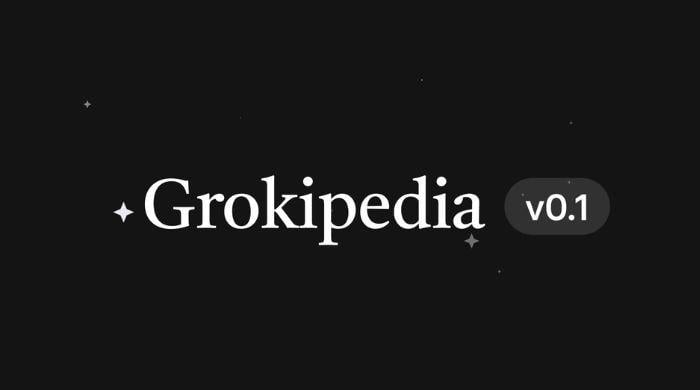Interstellar comet 3I/ATLAS's unusual composition hints at alien planetary formation
Interstellar comet 3I/ATLAS reveals puzzling chemistry as it nears the sun
October 29, 2025
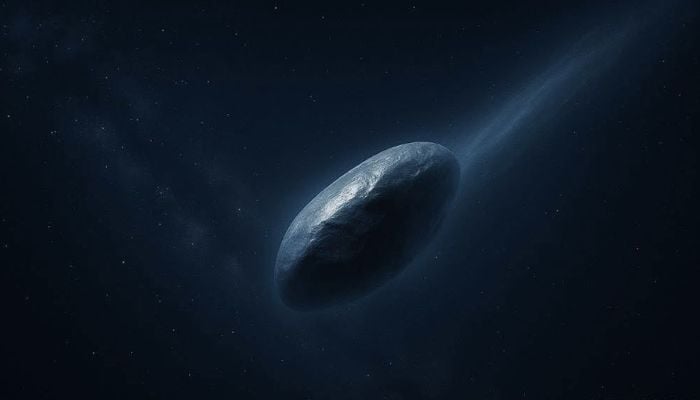
As the third confirmed interstellar visitor, Comet 3I/ATLAS, approaches its closest point to the Sun this week, two distinct narratives are emerging from the scientific community: one of profound astronomical discovery, and another of cautious speculation about its ultimate nature.
The comet will pass through the perihelion on October 29, 2025, and come within 203 million kilometers of the Sun.
This is the key stage in its development, and it has become the subject of close monitoring due to recent findings of unexpected chemical characteristics that are difficult for current models of cometary behavior to explain.
Scientific analysis: Unforeseen nickel vapor spotted
As reported by Space, an international collaboration of astronomers working with the Very Large Telescope in Chile made a very surprising discovery.
They detected glowing nickel vapor in the comet coma at an extremely cold temperature of 3.88 astronomical units from the Sun.
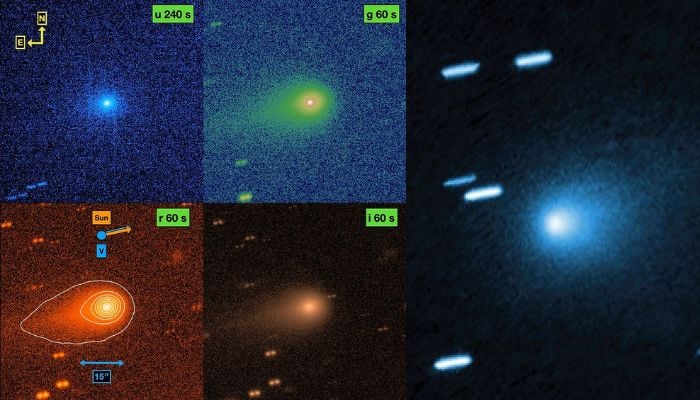
Spectroscopic data from the Chile reported the surprising detection of cyanide and nickel in Comet 3I/ATLAS,
This nickel discovery was unusual at such a great distance, where temperatures are incredibly low, according to Rohan Rahatgaonkar, a Ph.D. student who co-authored the results.
The team noted that the amount of nickel rose substantially as the comet approached the Sun.
The most striking aspect of such a finding is the absence of simultaneous iron detection.
Such an odd ratio of nickel to iron indicates that the nickel might be liberated by means of low temperature processes, perhaps by the disintegration of molecules, which would be broken up under the light of the Sun, not by directly vaporizing the metal, which would take much more heat.
These observations add to those of the James Webb Space Telescope, which previously revealed that the comet's coma contains carbon dioxide —a composition not typical of comets in the solar system.
Darryl Seligman, an assistant professor at Michigan State University and co-author, said, "The chemical signatures that we are seeing might be related to the chemical history of the comet itself as well as its interstellar space history."
The team considers the discoveries as evidence of the various and intricate materials that constitute planetary systems around various stars.
Speculative perspective: A trojan horse in the solar system
In an opposing opinion, Harvard astronomer Avi Loeb has publicly raised the possibility that the direction and composition of 3I/ATLAS might indicate an artificial origin. Loeb proposed the comet as a potential technological object in an appearance on the Fox News show America's Newsroom and in The Wolf of Wall Street podcast, The Joe Rogan Experience.
The underlying issue is whether 3I/ATLAS can be called a Trojan horse that appears to be a natural comet but harbors a hidden menace.
He uses the imminent perihelion as an acid test. The Sun, he writes, could cause a natural comet to fall into pieces. An object made, however, may move or fire smaller probes.
Loeb has instructed his Galileo Project researchers to be on the lookout for any anomalous atmospheric objects over the next few months, related to the comet's proximity to Earth on December 19.
Loeb noted that Perihelion is only 2 days before Halloween.
The path ahead
The scientific community generally monitors the 3I/ATLAS as a rare and useful sample of another star system.
Observations from future spacecraft missions, such as ESA's Juice and NASA's Juno, during the comets' passages through Venus and Jupiter, can shed more light on it.
To most scientists, 3I/ATLAS is a natural body that provides insight into the chemistry of distant worlds.
In other minds it is another mystery which they feel must not be disregarded without serious research. Its trip around our solar system will doubtless be observed with great attention by either side.




